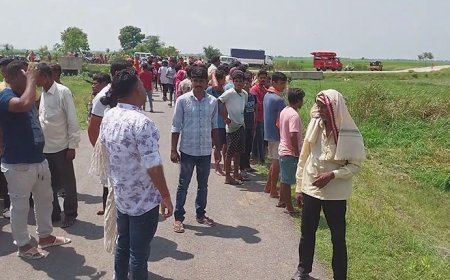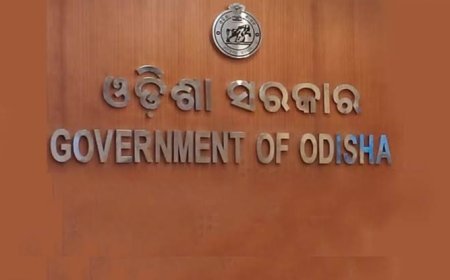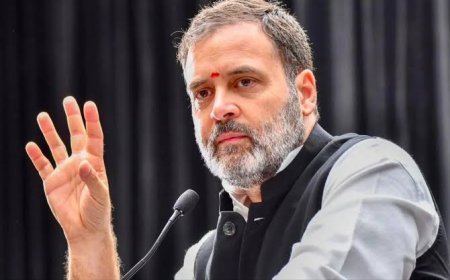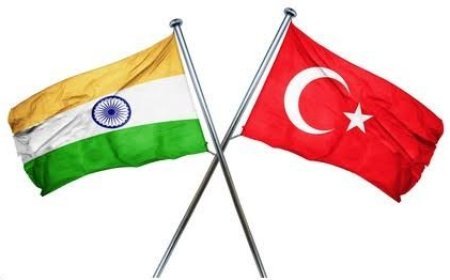Operation Sindoor: How India Avenged the Pahalgam Attack That Killed 26 – What Happened, Where, and Why
Operation Sindoor: India’s swift retaliation to the deadly Pahalgam attack that killed 26. Full story of the mission, targets, and impact explained.

The Pahalgam attack took place in early May 2025, when militants ambushed an army convoy during a routine patrol through the region. The operation came in the wake of the Pahalgam terror attack, a brutal ambush that left 26 Indian soldiers martyred and several others injured. This incident, which unfolded in the picturesque yet volatile region of South Kashmir, sparked nationwide outrage and a unified call for justice.
What Happened in Pahalgam?
On a fateful evening, a convoy of security personnel traveling through Pahalgam was ambushed by heavily armed militants suspected to be affiliated with Pakistan-based terror outfits. The attackers used improvised explosive devices (IEDs) followed by intense gunfire, catching the soldiers off guard. Despite a valiant resistance, the attack resulted in significant casualties, marking it as one of the deadliest strikes in recent times.
India's Swift Response: Operation Sindoor
Within three days of the Pahalgam massacre, India's intelligence services and military joined forces to execute Operation Sindoor—a precise and clandestine counterstrike mission. Conducted in the dense forest regions of Kupwara and other strategic border zones, the operation aimed at eliminating high-value terrorist targets and dismantling their infrastructure.
The Indian Army, supported by intelligence inputs from RAW and local informants, carried out precision strikes on multiple terror hideouts. Over 40 militants, including key handlers and planners of the Pahalgam attack, were neutralized. Several arms caches and communication equipment were recovered, disrupting planned future attacks.
Why Operation Sindoor Matters
The significance of Operation Sindoor goes beyond retaliation. It was a demonstration of India's changing defense doctrine—swift, surgical, and uncompromising in the face of terrorism. By executing this mission successfully, India reinforced its zero-tolerance stance against cross-border terrorism and sent a clear diplomatic message to adversaries shielding terror networks.
Moreover, it restored the morale of the armed forces and assured the nation that every drop of blood shed by its soldiers would be avenged with precision and honor.
Strategic Implications
Operation Sindoor also showcased India's enhanced surveillance capabilities, real-time coordination between agencies, and the growing role of technology in modern warfare. Satellite imagery, drone reconnaissance, and AI-based threat mapping played critical roles in ensuring the mission's success with minimal collateral damage.
This operation is now being cited as a model for future anti-terror initiatives, not just within India but also among its strategic allies.
India’s Message to the World
Operation Sindoor wasn’t merely a combat operation—it was India’s resolute reply to enemies of its unity and security. With its decisive action, India has proven yet again that it will not hesitate to defend its own with courage and precision. To understand the complete timeline and ground-level insights into the operation, visit Operation Sindoor: How India Avenged the Pahalgam Attack That Killed 26 – What Happened, Where, and Why.
What's Your Reaction?
























































